Tallia
The Second Empire of Tallia is one of the oldest settlements in Faraway. If there is any nation known for it's encompassing might, it is Tallia. Strong in architecture, disciplined in military, and proud in government, the Empire hails only to their god-king, the powerful Deoser.
Structure
The system of government has changed over the millennia. Initially, the Tallians were ruled by a series of kings, until they became a republic once defeated by the Madeci. Several generations later, Tallia became a mighty Empire, ruled by their current Deoser, the living incarnation of Amagus. He extends much of his power to the senate, but in ultimate decisions, he is the authority.
History
First Kingdom (1A 1080-1320)
After the revolution of Faraway is when Tallia gets it's place in history. Lontitano would be liberated from a dragon king and formed into it's own city state. The first king would be known as Tallus, a werewolf who extended control onto the people of Lontitano. His mighty werewolf bloodline continued for generations as they became more and more tyrannical throughout the 12th century. A great war with the Kingdom of Pung erupted in 1A 1180-1190, losing the city of Vieto to them but retained the city state of Egona. Evidently, the Tallians realized they needed to match Pung's power, and transformed Lontitano into a kingdom. By 1200, Lontitano would avenge Vieto, driving Pung away from their lands. Vieto would join Lontitano to become The First Kingdom of Lontitano. In 1300, however, the werewolf king of Lontitano named Lupex would marry Miverva II of Myrna despite her suitor being Orneus of Potea. A war broke out between Potea and Lontitano for 20 years. After 20 years, Minerva II would be assassinated, and King Lupex would be overthrown by King Orneus. The Poteans declared victory over the gulf, and, due to difficulty in ruling the people, left Lontitano to suffer without it's kings.Second Kingdom (1A 1330-1520)
After about a decade of distress, a shipwreck took place on the coast of Lontitano. When two survivors were recovered, they showed their magical ability by healing and preforming wonders. These two survivors, husband and wife named Amajan and Gila, claimed to be the incarnations of Amagus and Cardia. The two were upheld as god-kings over Lontitano, forming a dual-monarchy between them, and rebuilt the Kingdom of Lontitano. Once the couple died, a small civil war broke out between their children in 1380. Eventually, their third son Deos defeated his siblings and became the sole King of Lontitano. The Deon Dynasty, as this would be called, would prove to be a golden age of Lontitano, with him and his descendants leading to more advanced infrastructure, military, religion, and took much of Pungian philosophy.Republic of Tallia (1A 1520-1820)
However, eventually the cities of Vieto and Egona grew tired of the rule of Lontitano's tyrant by 1A 1520, inspired by Potean leagues. They asked to form a council with some of Lontitano's elders. This would form into a much larger senate. And, after the senate grew tired of the King of Lontitano, they overthrew him and established rule of the elders instead. Lontitano grew larger than before with new class struggle, with nobles building huge coliseums and complex aqueducts. However, what the new Tallia started to study the art of war from their Pungian neighbors. They developed a powerful military, with harsher discipline and a merit system. It was revolutionary for it's day. And it was necessary; by 1600, the Empire of Pung began to try and destroy their neighbors. In the Tallian Gulf War, the Tallian army proved to have incredible defense. Their cities were impenetrable, and thus Pung stopped their invasion. This led the Tallians to wonder if they could conquer with their powerful army as well. And conquer they did. The Tallians turned their eyes to Tamay, the new rulers of Potea in 1650. They started to attack their outposts to strangle their trade to keep it for themselves. However, Tamay was protected by vast desert. General Insanus of Egona ignored the desert's heat, pushing the legions of Tallia through it and taking over oasis after oasis by building forts. With Tamay quickly weakening, they tried to make peace with Tallia in 1670. The Tallians did not budge; they continued their war until getting to the capitol. Eventually, Tamay surrendered, and Tallia puppeted the country in hopes of controlling Potea as well. However, by 1700, Tamay's entire government collapsed and Potea started to form it's own governments. However, the Republic began to squabble by 1780. The class struggle became too much to bear, as the senate became filled with more middle class artisans, which angered the nobility. A small civil war broke out, between Nobila-Lupus, which stood for the ideas of Tallus and nobility, and the Communia, which were middle-class senators. The Nobila-Lupus won out, keeping the senate under control of the wealthy. This inspired one of the generals, named Claudeos, who was sympathetic to the Communia, to start rallying their support. Claudeos started to gain much power in the senate due to votes from commoners, which made the senate conspire to kill him. Claudeos, however, decided to go on a war with Potea to distract them all. Indeed, Potea would be conquered by 1800. They defeated the Madecians and placed them as vassals of the Republic of Tallia.Empire of Tallia (1A 1820-2300)
With the riches and philosophy of Madeci and Tamay under his belt, Claudeos decided to take Lontitano by force from the senate, using the Tallian army against the capitol. Declaring himself the "Son of Deos", or Deoser, he marched toward Lontitano. The Republic tried to raise their own army from the citizens, but they rebelled against the Nobila-Lupus. Lontitano was invaded, and Claudeos declared himself the heir of Tallus and Deos. The senate was forced to be under his control as dictator. Now as emperor of Tallia's holdings, Claudeos formed the Tallian flag, bearing "Twin Wolves" in honor of the former two kingdoms under Tallus and Deos. The republic had crumbled; it was once again time for monarchy. Under the ruler of Deosers, the religion of Tallia had grown more unique. They ordered the worship of only Amagus and Cardia, banning Morganine and anything else. Using Tamay's trade and Madeci's ports, they extended their commerce to a level never seen before in history. The armies of Tallia continued to conquer, as well, eventually taking much of Pung's territory south of the Great Divide (mountain region between them). They expanded cities, forming Aonas, Licias, and Sebeus which gave them stronger control of their own territory. By 2000, the kingdoms of Chunc also came under attack by the might of the Tallian Empire. Fortunately for them, due to their distance, they proved too difficult to conquer. Evidently, Tallia got too big for it's own aspirations. After centuries of control of Southern Faraway, Tallia's forces were stretched too thin. The Kingdom of Pung, small and centralized, attacked the Tallian Empire and began to whittle it down, taking control of Tamay and it's trade cities. By 1A 2300, the Tallian economy collapsed. Pung then marched toward Lontitano, scorching the earth of cities they passed through. The Deoser lost control of his troops, and a giant riot broke out in Lontitano's coliseum, where the citizens were staying safe from Pungian invaders. They overthrew the Deoser. Surprisingly, Lontitano did not fall to Pung's troops; the Grand Legate, taking executive power, managed to drive back Pung. However, he would then install a military dictatorship instead of reforming the Empire. The Tallian Empire was no more.Broken Tallia
For two thousand years, Tallia would remain broken, turned into smaller kingdoms. Lontitano still showed much power, controlled by their Grand Legate, who eventually became the King of Lontitano. During their thousand years of struggle, Lontitano would receive trouble from a powerful Madeci and Pung, being conquered and split even further. Until, by 2967, Pung and Madeci completely encompassed all of the land. Lontitano would become a vassal of Pung. Though the Tallians got used to their Pungian overlords, some held onto the hope of a return to the glory days. Thus commenced the Wolf Kingdom, a faction of Tallian rebels who tried to overtake Lontitano in 3089. A war with the Pungian samurai led to them being destroyed. By 1A 3509, Pung's empire, after countless civil wars and regime shifts, grew to realize their holdings of Tallia grew too much of a responsibility. Thus, they let go of the cities, allowing them independence. A Pungian general named Ho-Caimwan was still left in charge, hoping to puppet the cities of Tallia to keep it submissive. However, a resurgence in Tallian nationalism caused Caimwan to be removed from power. A popular military general, named Enrico Salvadore, was elected King of Lontitano. Other cities in the Tallia region became their own city states, thus leaving Tallia to find it's own balance of power.Third Kingdom - Egona (3700-3900)
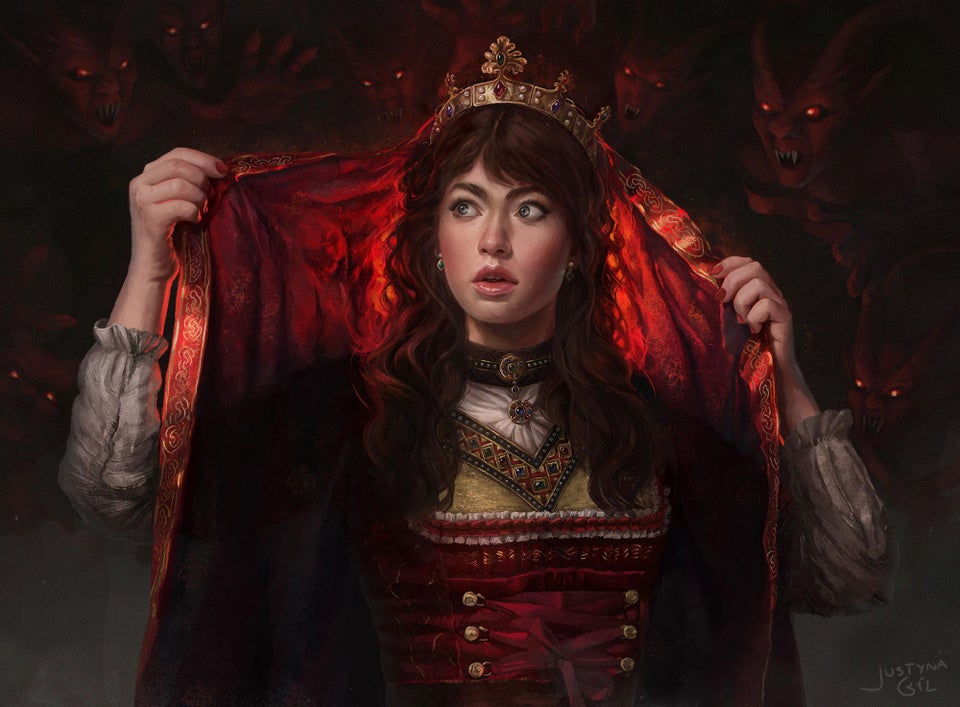
Veil of Protection by Justyna Gil
Kingdom of Lontitano-Egona (4000-4300)
In the wake of the 4th millenium, Tallia decided to keep Egona's crown in power, but transferred the line of Egona to Lontitano in hopes to strengthen their kingdom. Thus, King Alfonso of Egona became King of Lontitano. Egona's pretender, named Princess Francisca, objected and wanted authority over Egona. In a strange political decision, the Kingdoms of Lontitano and Egona became a dual-monarchy. This was a time of trouble; Tallia became more and more decisive, and multiple times there were nearly outbreaks of civil war. One true civil war would come in 4300, with Lontitano winning in the end. The dual monarchy would be abolished, and the King of Lontitano, Hector Cortez, declared himself king over all Tallians.Fourth Kingdom (4300-4467)
King Hector ruled relatively successfully, leading to a resurgence in Tallian culture once again. However, King Hector would die without a male heir. All he had was a married sister, named Sofia, whose husband named Leonardo Ricci would become king, thus starting the Ricci dynasty. The Ricci family, though wealthy and led to Tallia having military might, was known for their corruption. The order of Purple Dragon Knights were forced to do their corrupt bidding and developed into a cult. Eventually, the fourth Ricci king, named Matteo, would be assassinated by Egonian sympathizers along with his wife. This left their two young daughters, still unmarried, to the throne, despite public outcry. Their daughters, named Maria and Sofia, started the Era of Sisters, becoming temporary co-regents. They fixed their father's corruption and ultimately reformed Tallia's archaic monarchical structure. They reformed the Purple Dragons into an actual court, filled with noble knights who could create laws and check the power of their kings. The nobility thus gained more power. Maria and Sofia, being twins, also recreated the Banner of Twin Wolves, trying to return to an ancient Imperial structure. Eventually, Maria Ricci would marry Luigi Romano, and Sofia would marry Richard Juliano. Problems did erupt, however: Maria, the older sister, wanted her son to be the sole heir to the throne. In a test for the Purple Dragon Knights, they ultimately chose Maria for her strength. Thus, Sofia's lineage became the Duke of Egona. After Maria died, her son, Luigi Romano, became king.The Second Empire (1A 4467-Present)
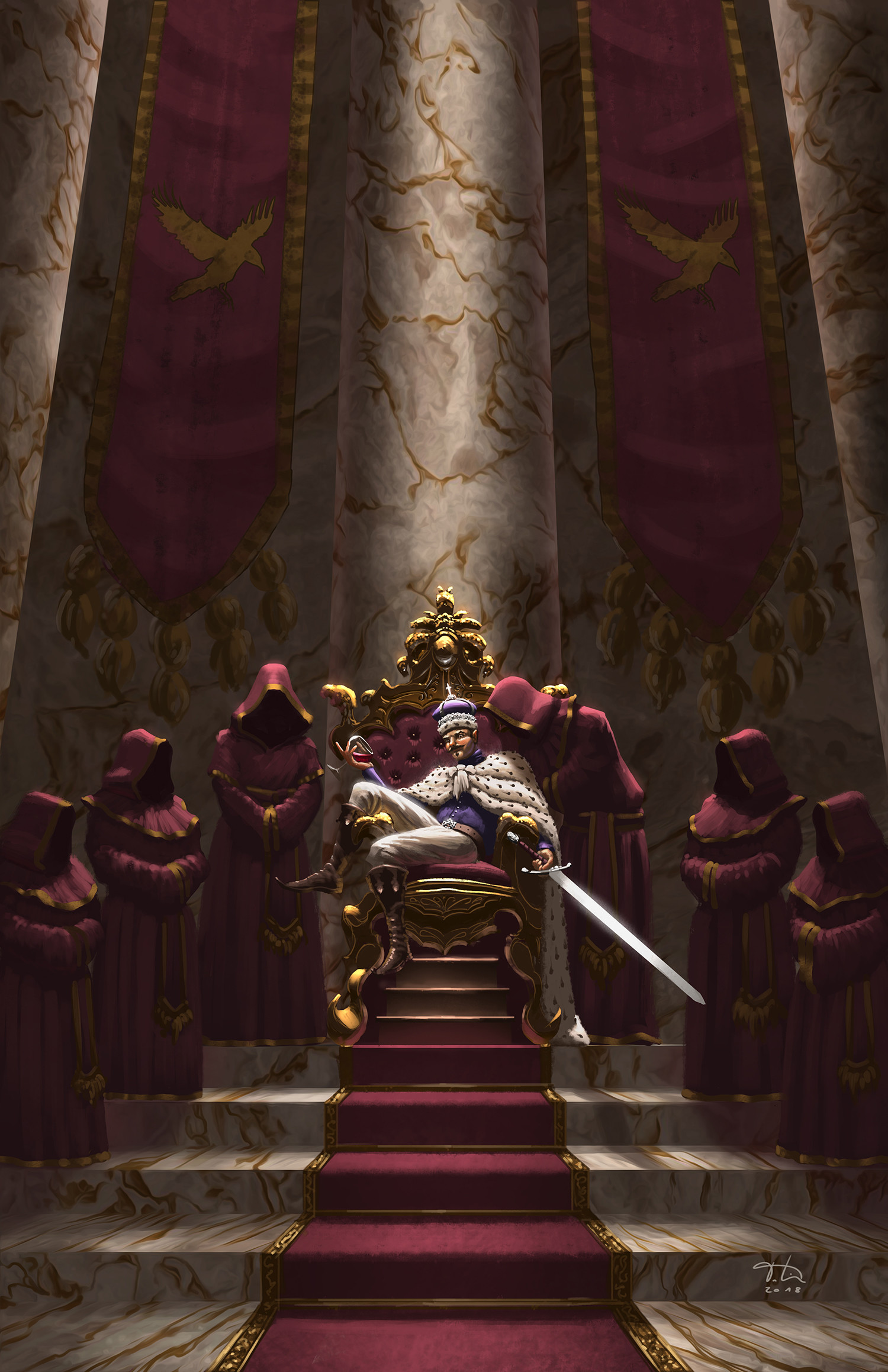
King by Tobias Rhein

Extendere Omnes Fines Nostros
Founding Date
1A 1080
Type
Geopolitical, Empire
Demonym
Tallians
Government System
Monarchy, Theocratic
Economic System
Market economy
Related Professions
Remove these ads. Join the Worldbuilders Guild

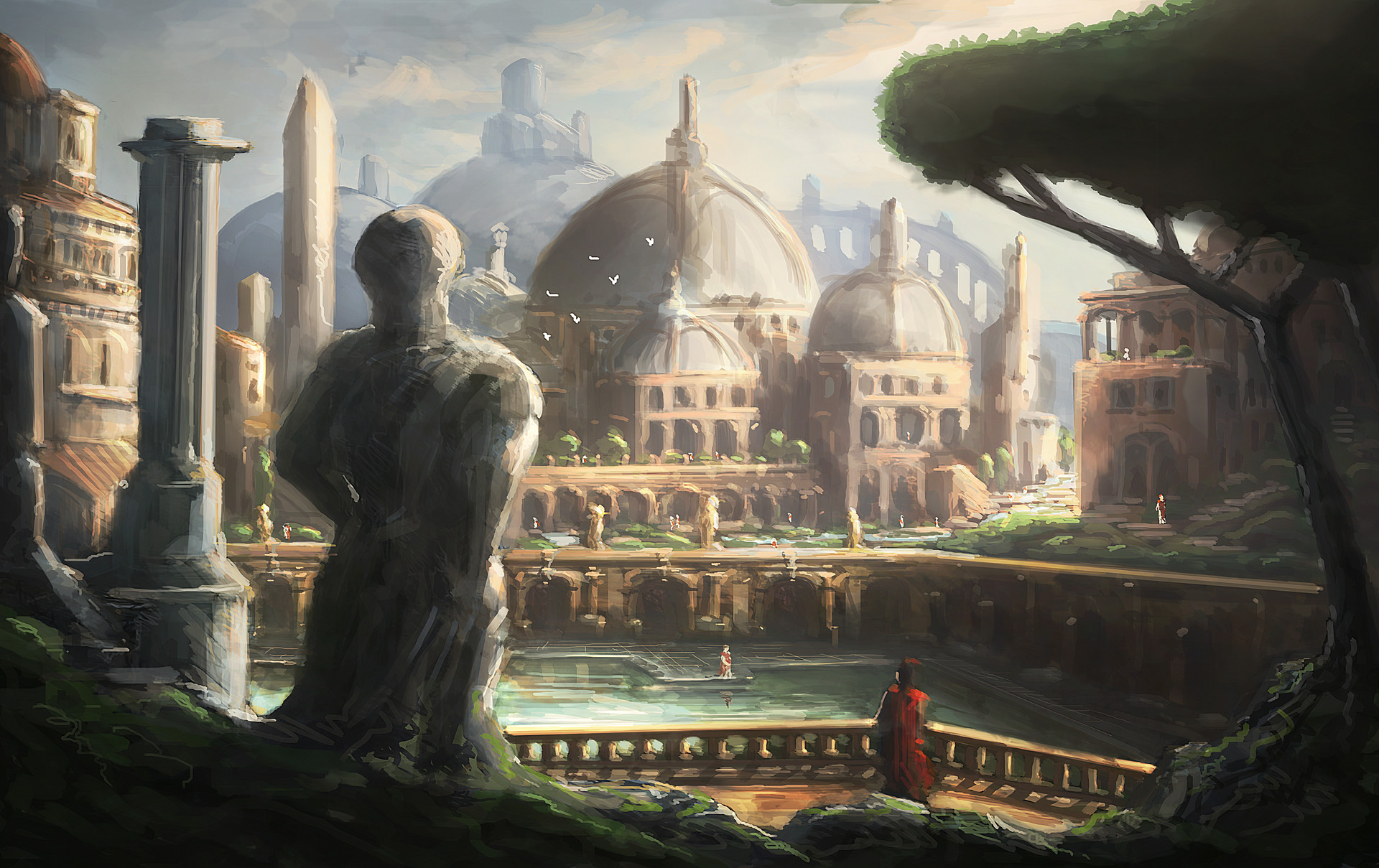
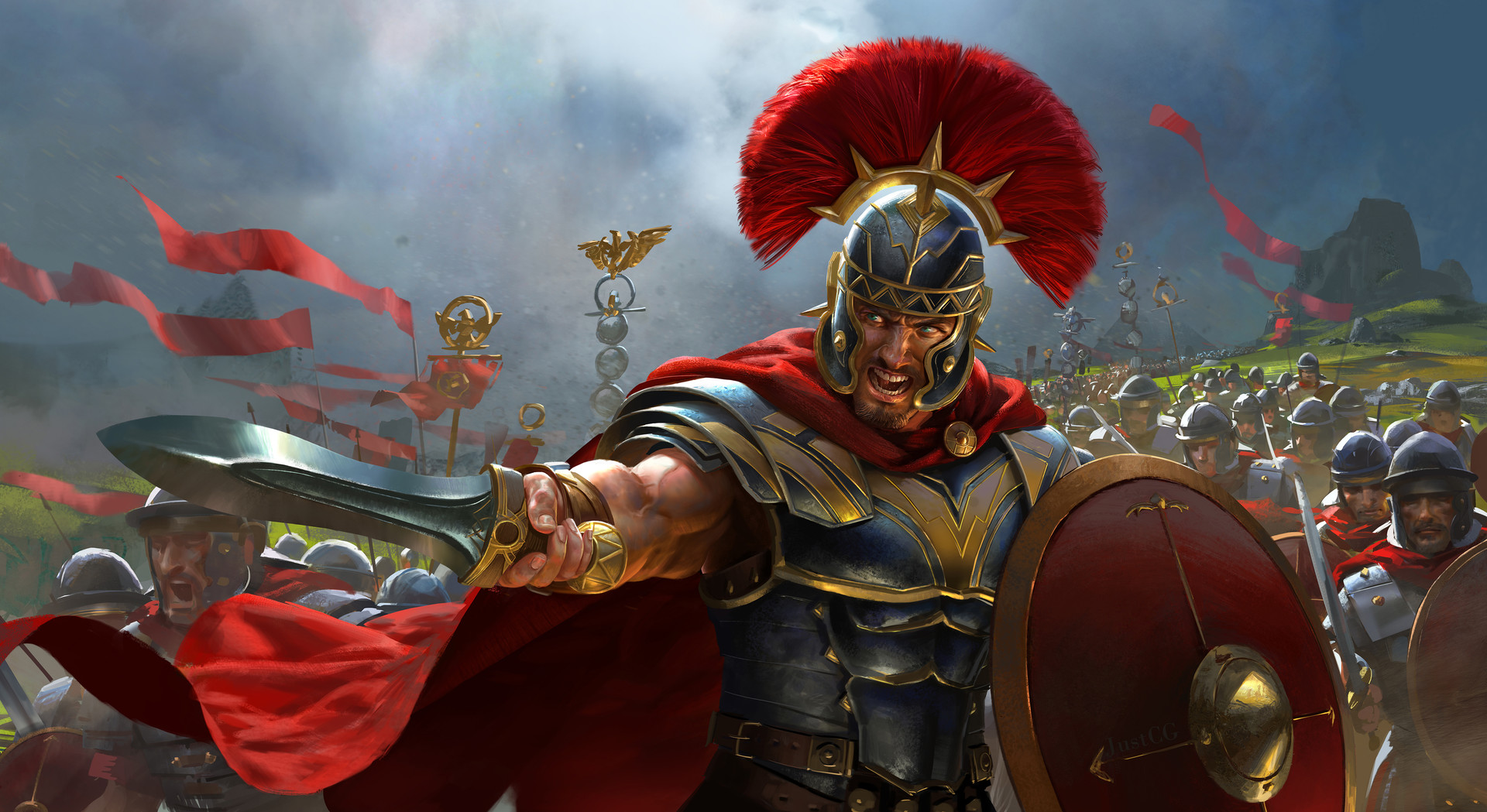
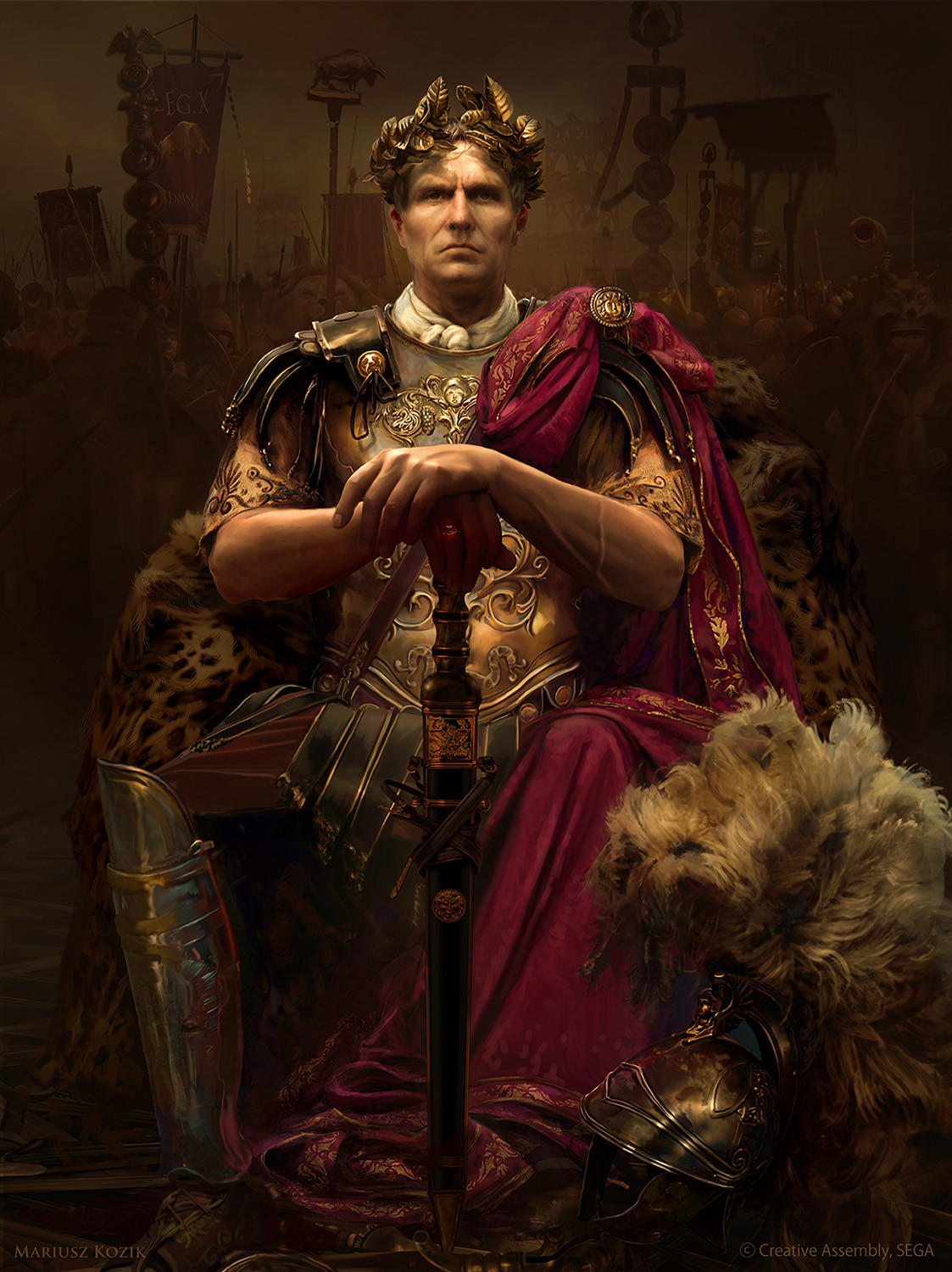
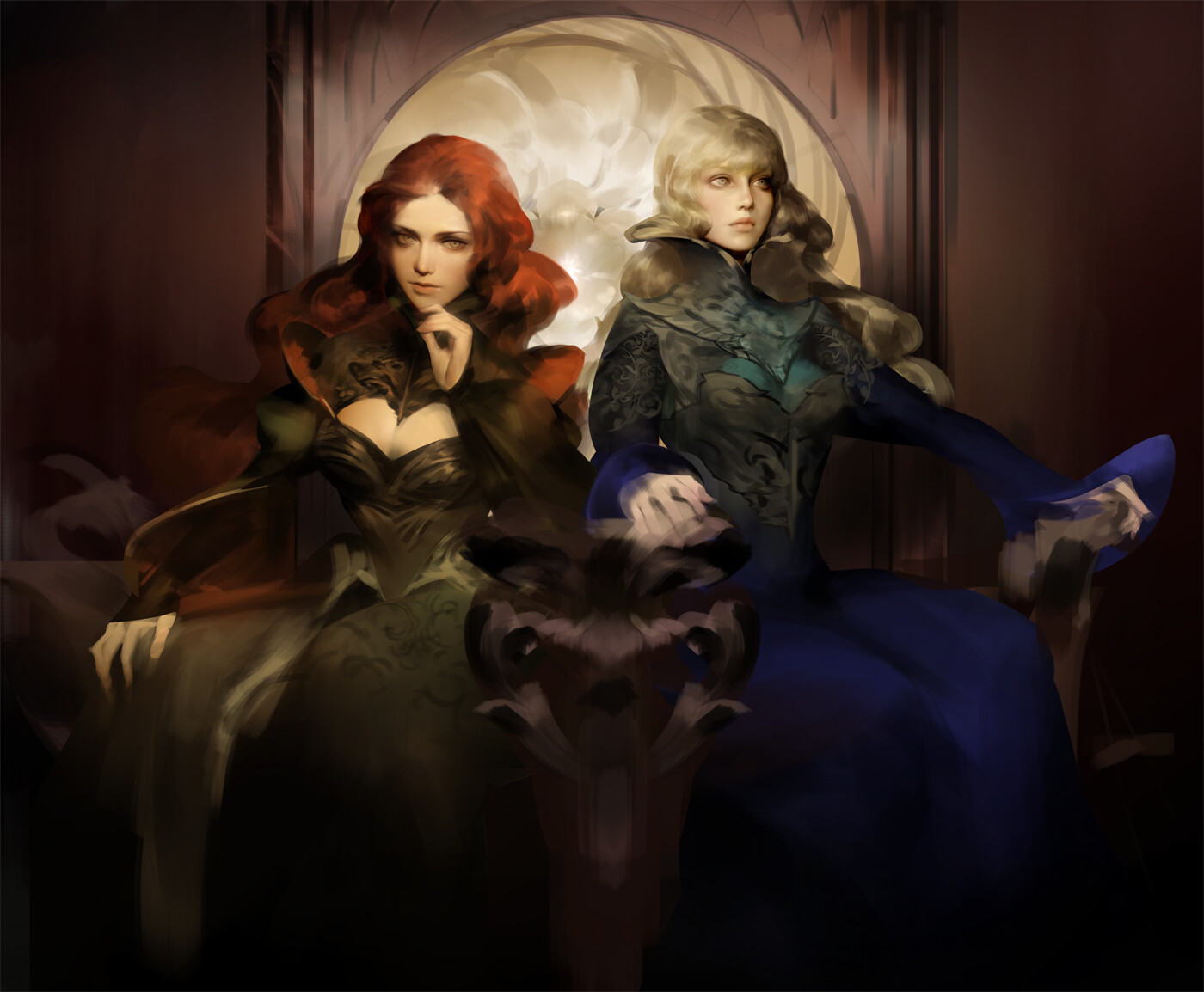
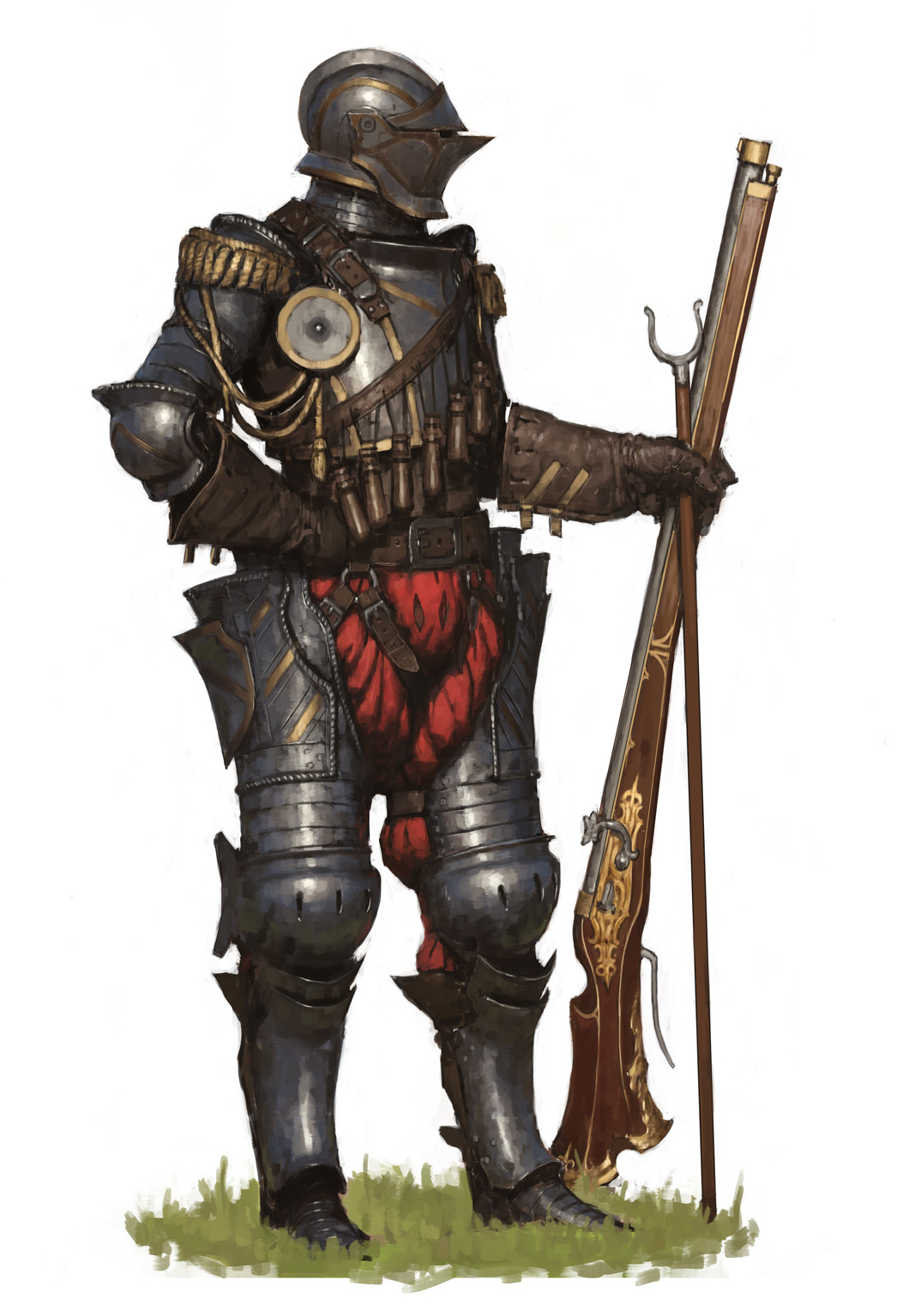


Comments